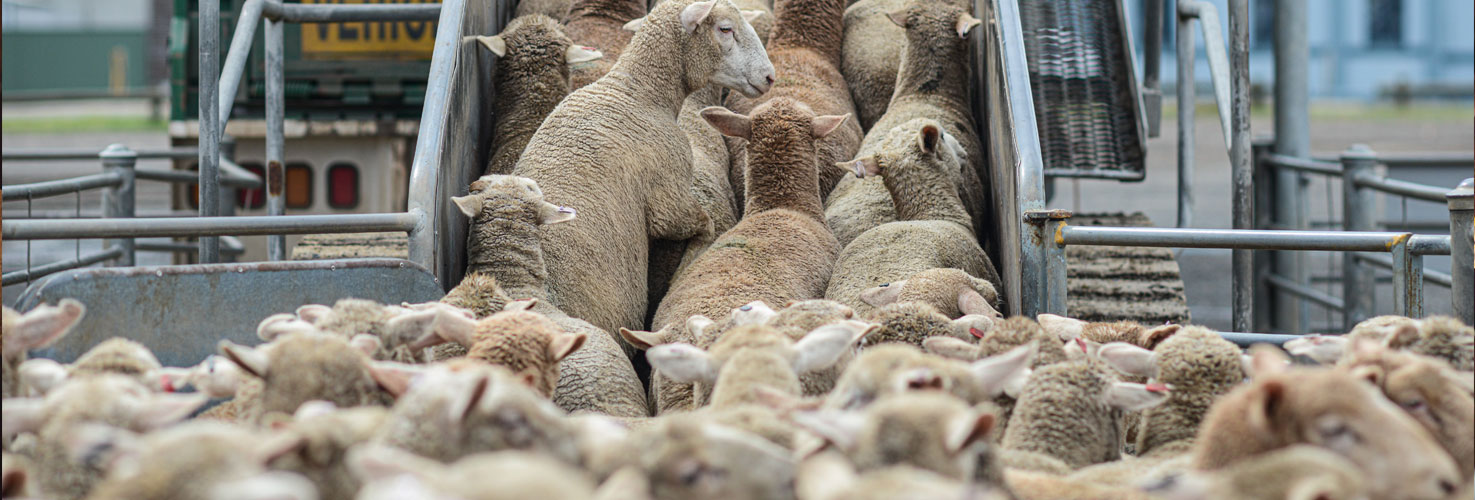Winston Churchill once said, “No hour of life is wasted that is spent in the saddle.” Horses have a unique ability to settle souls and release stress so it’s no wonder people love spending time with them. Horses are also a big financial investment and require a lot of care, which can add up over time.
Most people think you only insure a horse if it’s a racehorse, an elite breeding stallion, or an Olympic-caliber sport horse, but they couldn’t be more wrong. Whether you are looking to protect your investment, or ensure your horse receives the best care in the unfortunate event he becomes ill or injured, equine insurance is one of the most cost-effective ways to achieve both. Let’s look at some of the basics of equine mortality insurance.
What is Equine Mortality Insurance?
According to Equus Magazine, the most commonly purchased type of insurance for horses are equine mortality and major medical policies. Equine mortality policies are very similar to human life insurance policies. If a horse dies, then his owner receives payment for the full or partial value of the horse. While mortality can be purchased separately, medical and surgical policies are usually tied to mortality insurance. A horse owner’s best bet is having a combination policy. It will generally cover the costs associated with the treatment of an injury or illness.
Most equine mortality policies cover a wide variety of causes of death, from natural death to illnesses or fatal injuries incurred due to fire, lightning, and other causes. Some policies will cover theft or humane destruction, or even fluke accidents. Age limits vary from provider to provider, but the general rule of thumb is horses aged 24 hours to 17 years old are generally eligible for coverage.
How is Insured Value Calculated?
Insured value is calculated by looking at a number of different elements. It will include things like age, sex, purchase price, training, competition records, breeding, appraisals, and fair market value. Most agents will recommend you keep a file documenting all of these elements in order to defend your insured value. You can also expect to have a veterinary exam prior to insuring the horse.
What are the Premiums?
The rate is generally computed by multiplying a percentage rate against the value of the policy. The premium amount can also be influenced by breed, sex, age, and intended use of the horse. For instance, after a horse hits 15 years old, owners can expect to pay a higher premium. The volume of horses can also play a factor in premiums as well. The higher the volume, the more likely the premium will be discounted. How much to insure for and what bells and whistles you add to the policy will also impact the premium. At James Allen Insurance, we’ve created a rate calculator that will give you an estimate on what your premiums are.
Every equine mortality policy is not created equal, so be sure to work with a trusted and experienced insurance agent when finding the best insurance for your situation. They can help you figure out what to insure, how much to insure for, and can help you identify the best cost-benefit policy for your personal situation. To speak to a knowledgeable equine insurance agent, please contact us at James Allen Insurance.


